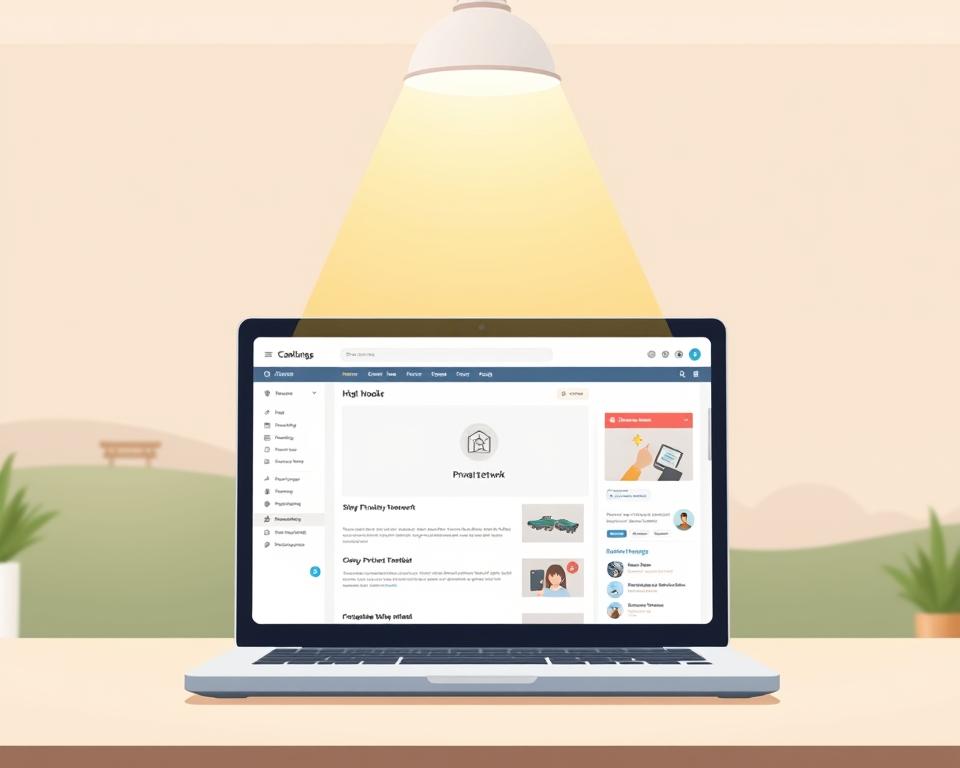Private Blog Network Link Mechanics
Did you hear that roughly three in five SEO pros leverage private blog network backlinks? A PBN’s main draw lies in how it can elevate a domain’s credibility. This can lead to better rankings in search engines. Yet, what truly defines a Private Blog Network in the SEO world? Although it appears to offer rapid ranking gains, PBN services carry substantial dangers. These include severe penalties from Google. Let’s explore blog network SEO basics and why so many in SEO find them irresistible.
What is a Private Blog Network (PBN)?
A private blog network, or PBN, is a group of websites built to create pbn backlinks for a main site. This method aims to increase search engine visibility by passing link equity from these sites to the primary one. Often these networks rely on expired domains that still hold some mojo, crafting a veneer of legitimacy.
The purpose of a PBN is clear. Webmasters deploy them to bolster their SEO profiles. They achieve this through:
- Acquiring targeted backlinks to lift rankings.
- Controlling the quality and relevance of these backlinks.
- Fostering a web of sites that exchange links in a natural-looking manner.

Mechanics of PBN Backlinks
PBN links work by creating private blog network backlinks that mimic natural links. Each PBN link is engineered to deceive crawlers into thinking it’s a genuine vote of confidence.
It centers on selecting keyword-rich anchor text across a controlled array of blogs. Rapid uplift comes hand in hand with steep penalty prospects.
Success hinges on embedding links in contextually relevant, high-quality content.
PBN Benefits
PBNs provide clear perks for link-building strategists. One of the primary benefits is the immediate control over backlinks.
Leveraging aged domains with residual trust is a PBN hallmark.
They empower you to weave keyword-optimized anchors across your network.
The Risks Associated with Private Blog Networks
But these benefits come with major downsides. Google’s crackdown makes PBN usage a high-stakes gamble.
PBN vs. Outreach
In the competitive world of SEO, professionals often face challenges with traditional link-building strategies. They promise speed and predictability in link acquisition.
How to Run a PBN Safely
Effective pbn management demands careful attention and adherence to best practices. Begin with thorough due diligence when purchasing expired domains.
Spotting PBN Links
Use tools like Semrush or Ahrefs to trace suspicious links.
| Indicators of PBN Links | Description |
|---|---|
| Low-Quality Domains | Links from domains with poor authority or less than optimal rankings. |
| Irrelevant Content | Links embedded in content that does not match your site’s niche. |
| Suspicious Anchor Text | Repetitive or irrelevant anchor text patterns. |
| Thematic Similarity | Lack of a coherent theme among linking pages and domains. |
Using Google’s Disavow Tool
- Identify harmful PBN backlinks through thorough analysis.
- Create a disavow file correctly, listing specific URLs or domains to disavow.
- Upload the disavow file to Google Search Console.
Ethical Link Building Alternatives
Consider guest posting for genuine backlinks.
Clearing Up PBN Myths
Many assume PBNs are risk-free quick fixes.
PBN Outlook
| Factor | PBNs | Future SEO Practices |
|---|---|---|
| Content Quality | Low emphasis on genuine content | High emphasis on high-quality, valuable content |
| Risk Factor | High risk of penalties | Lower risk with authentic practices |
| User Engagement | Limited engagement | Enhanced user interaction and loyalty |
| Sustainability | Unsustainable in the long term | Focus on sustainable growth |
To Summarize
However, the pitfalls and penalties often outweigh the benefits.
